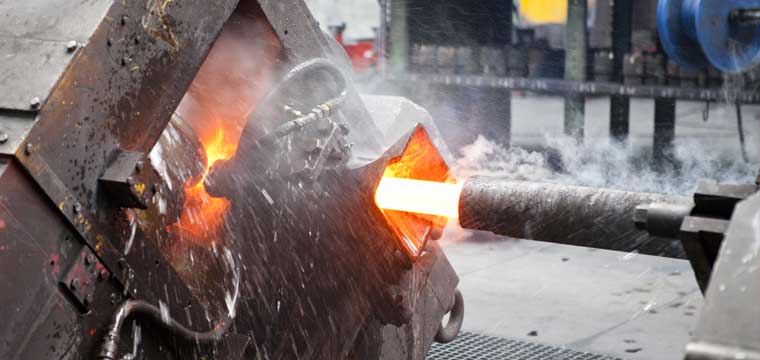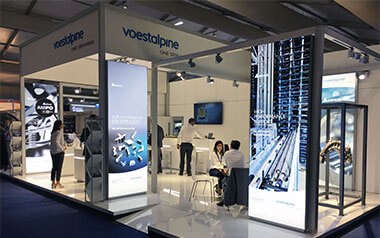High-speed steels are complex and high-alloyed tool steels that are mainly used for the production of cutting tools, e.g. milling tools, drills, turning tools and broaches, whose cutting edge is subject to heating and wear stress. The cutting edge comes into contact with the workpiece material under high pressure in the continuous and interrupted cut, which demands a high hot hardness, high wear resistance, good oxidation resistance and low adhesion tendency from the tool as the cutting speed increases.
With carbon contents between 0.8 and 1.4 %, high contents of carbide-forming elements lead to the formation of primary and eutectic carbides in a secondary hardening, martensitic matrix.
The most important alloying elements are carbon, tungsten, molybdenum, vanadium, chromium and cobalt, the proportion of which can exceed 30 %. High-speed steels can essentially be divided into three groups, e.g. tungsten steels, molybdenum steels and tungsten/molybdenum steels. By increasing the carbon and vanadium content, the carbide content has been raised and cobalt improves the high temperature strength.
The alloying elements ensure high wear resistance and the resistance of the martensite to temperatures of up to 600 °C. The service hardness of the martensite is usually up to 60 %. The working hardness of usually 60 to 67 HRC is given to high-speed steel, like all other tool steels, by its martensitic basic structure and the proportion of hard, wear-resistant carbides. The high hot hardness and high heat resistance compared to ordinary tool steel is due to the heat treatment, usually hardening and multiple tempering at annealing temperatures in the range of secondary hardening/precipitation hardening (550 to 600°C).
With special metallurgical production processes of high speed steels, such as electro-slag remelting (BÖHLER ISORAPID grade) or powder metallurgical production (BÖHLER MICROCLEAN grade), highly alloyed, high purity and very homogeneous products can be produced, which are characterised by the best combination of hardness, wear resistance, fracture resistance and fatigue resistance.
Compared to other cutting materials such as carbide, cutting ceramics, cubic boron nitride (CBN) and polycrystalline diamond (PCD), high-speed steels have less wear resistance and hot hardness. However, their good machinability in the annealed condition, their comparatively good toughness in the hardened and tempered condition and the more cost-effective production offer a decisive advantage over cutting tools with a high hard material content (e.g. carbide), which can only be produced by powder metallurgy. If high-speed steels are additionally protected by thin coatings, they can even achieve the performance of high-hardness cutting materials. Hard coatings deposited by PVD or CVD processes have proven successful as coatings.
In many cases, specially heat-treated high-speed steels also meet the requirements in many cold work applications.


















